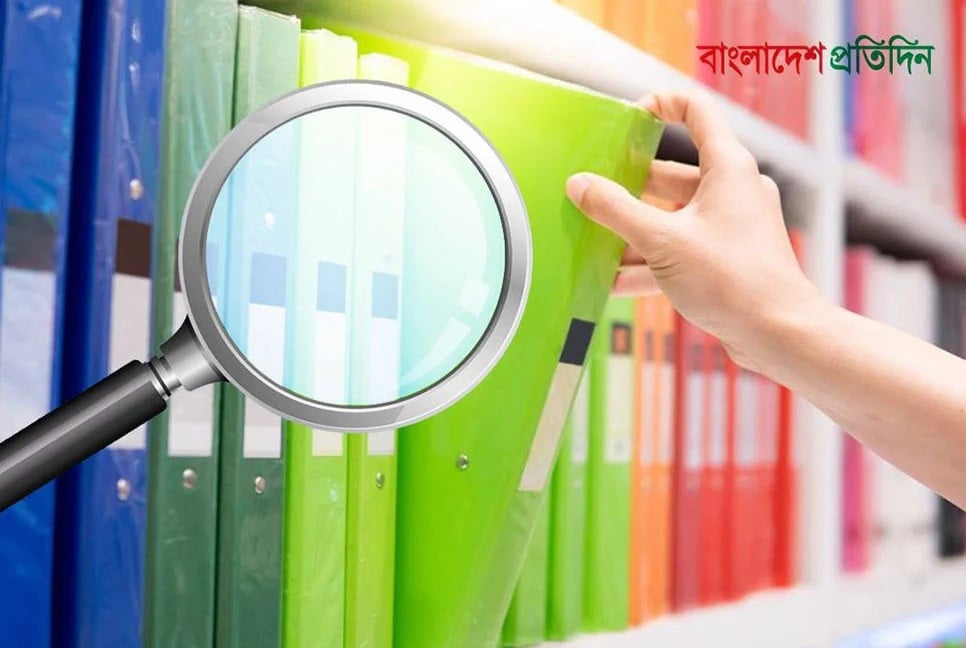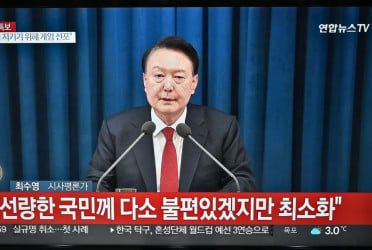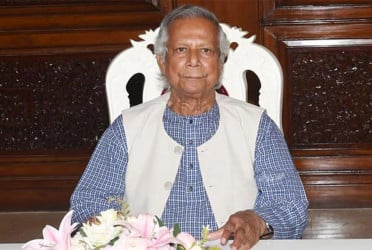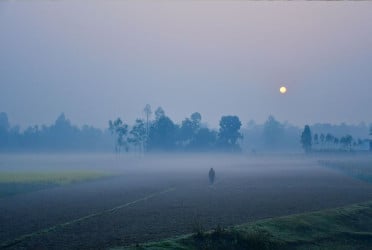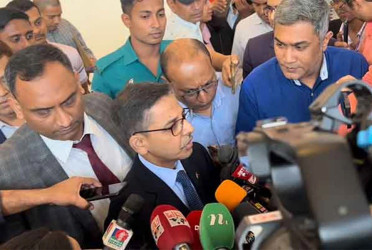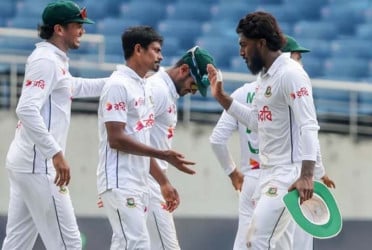The residents of different parts of Dhaka have been suffering from serious gas crisis in this month of Ramadan. They are in shortage of gas supply in most of the day.
For instance, let’s look at the problem faced by Nafisa Tabassum, the housewife living in Shewpara of the capital. Due to the lack of gas supply he can’t cook after the noon. He told The Bangladesh Pratidin, “I didn’t able to prepare iftar items at home even just for one day in this Ramadan. Now, I think of purchasing LPG cylinder. It’s very hard to adapt to this situation.”
Alike her, many city-dwellers suffer deeply due to the gas shortage. They haven’t been successful in making foods for Sahri and Iftar. As an alternative, many of them choose to eat outside restaurants. Some are using LP gas and electric burner as alternatives. And the people of low income bracket are using mud-stove.
Some infuriated customers said they’re suffering immensely due to high price of the commodities. Additionally, they have to pay extra charge as gas bill. However, they’re not getting its expected supply. They ought to purchase LP gas, oven and electric stove which are increasing their cost of living.
Managing director of Titas Gas Transmission and Distribution Company Limited, engineer Md Harunur Rashid, on Sunday told The Bangladesh Pratidin, “It’s true that the customers are suffering due to gas crisis in this Ramadan. The import of Liquid Natural Gas (LNG) has been started, but that’s less than what imported previously. In addition, the demand for gas is increased due to the emergence of excessive number of industrial factories in Dhaka. Even gas has to be provided to Power Development Board (PDB). In the areas under Titas, the demand of gas is 2100 ml cubic feet per day. But now we are getting 1700 million cubic feet. There is still a shortage of 400 million cubic feet of gas. On the other hand, the additional gas that is available from domestic gas fields is not the same from all of them.
He expressed his apprehension that this gas crisis will remain throughout the summer. Although LNG imports increased by 400 million cubic feet per day in March compared to February, the reality is different. It is known from the investigation that since the beginning of the month of Ramadan, there has been a severe gas crisis in different areas of the capital. Even residents do not have gas during Sahri and Iftar. The gas pressure is so low that it cannot be used for cooking.
There have been reports of gas shortage in Tikatuli, Malibagh, Mirpur, Mogbazar, Azimpur, Lalbagh, Dhanmondi, Elephant Road, Motijheel, Segunbagicha, Maniknagar, Jatrabari, Demra, Shanir Akhra and other areas in the capital. After re-supply of LNG to Gazipur and Narayanganj in the vicinity of Dhaka, gas was available during daytime, but the pressure gradually decreased from evening onwards.
Officials have been assuring consumers for a long time that increased LNG supply would ease the gas crisis, but that has not been relaized.
Open market LNG was re-joined in the transmission line at the end of February this year after being shut down for seven consecutive months. But despite this, the crisis has instead increased.
According to Petrobangla, gas supply to industries has been increased and supply to home has been reduced. Nonetheless, they’ve given priority to decent electricity and gas supply during Ramadan.
@The report was published in Bengali on print and online versions of The Bangladesh Pratidin on April 3 and rewritten in English by Lutful Hoque


